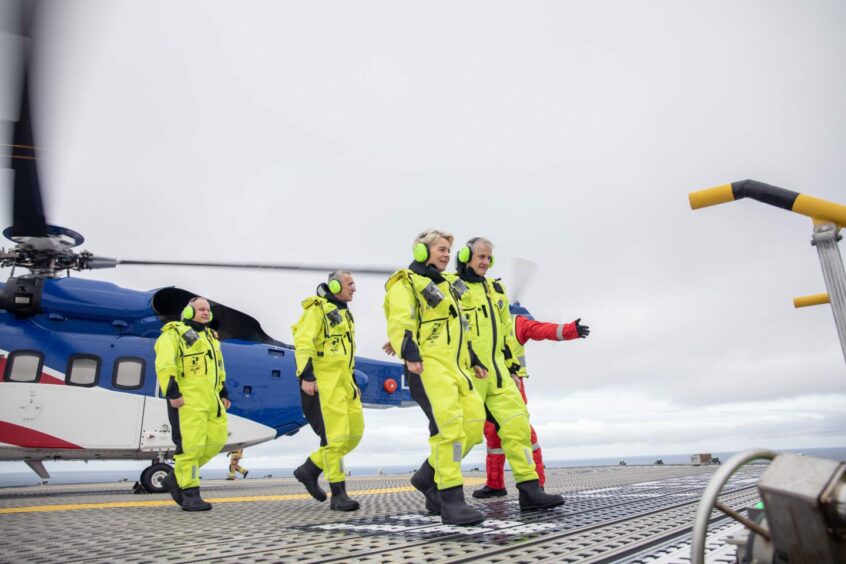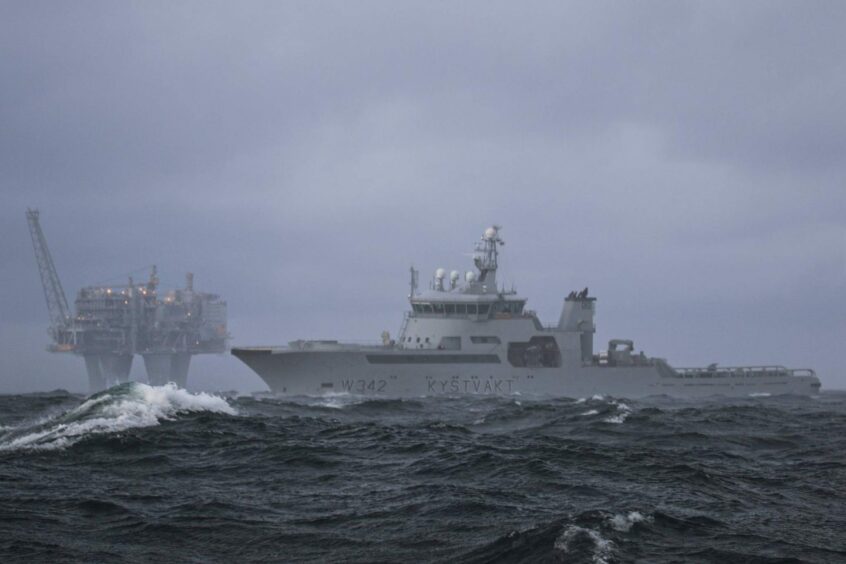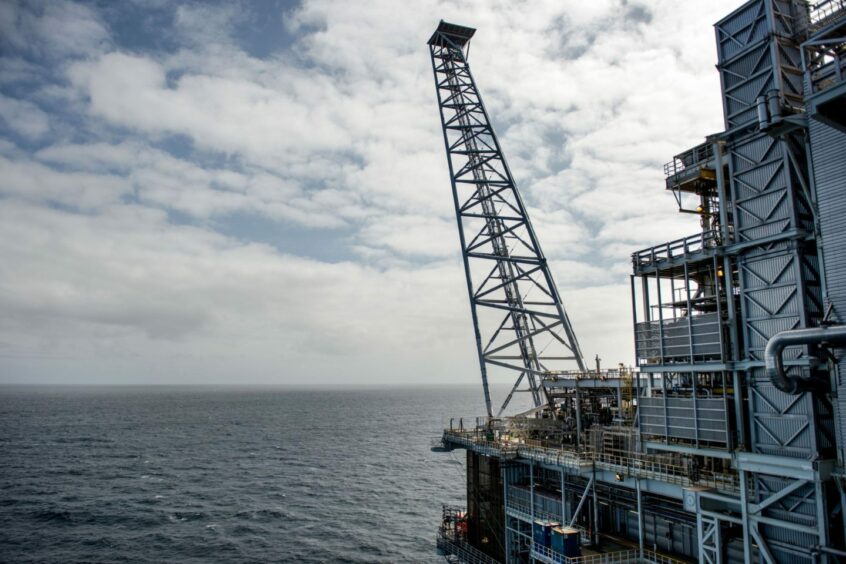
Equinor (OSLO: EQNR) welcomed NATO secretary general Jens Stoltenberg to one of its North Sea oil and gas platforms on Friday.
The Norwegian politician, who served as prime minister on two separate occasions, was accompanied on his visit to the Troll A installation by EU commission President Ursula von der Leyen.
Current Norwegian prime minister, Jonas Gahr Store, and Equinor chief executive, Anders Opedal, were also in attendance.
Troll is Norway’s largest gas field, providing more than 10% of the gas consumed in the EU last year.
According to Mr Opedal, the visit underlined “Norway’s importance as a secure and reliable supplier of energy to Europe”.
Key strategic assets
While Norway has been an important source of oil and gas for decades, it has taken on a new level of impotence following Putin’s invasion of Ukraine.
Many sanctions imposed on the Kremlin following the attack were specifically targeted at Russia’s hydrocarbons industry, a major form of income for the government.
It left Western governments scrambling to make up their energy shortfall shortfall, with Norway quickly stepping up to the plate to increase its production.
And last year the Scandinavian country leapfrogged Russia as Europe’s largest supplier of natural gas.
It led to security tensions, and concerns that oil and gas assets could become targets for sabotage, particularly following attacks on the Nord Stream 1 and 2 pipelines.
Multiple unidentified drones were also spotted near to key facilities, prompting Norway to step up its military presence around key installations.
Troll
Containing about 40 percent of total gas reserves on the Norwegian continental shelf, the Troll field is the “cornerstone” of the country’s gas production.
It is located in the northern part of the North Sea, about 65 kilometres west of Kollsnes near Bergen.
Equinor is the operator of the Troll A, B and C platforms, and the landfall pipelines, whereas Gassco is the operator for the gas processing plant at Kollsnes on behalf of Gassled.



